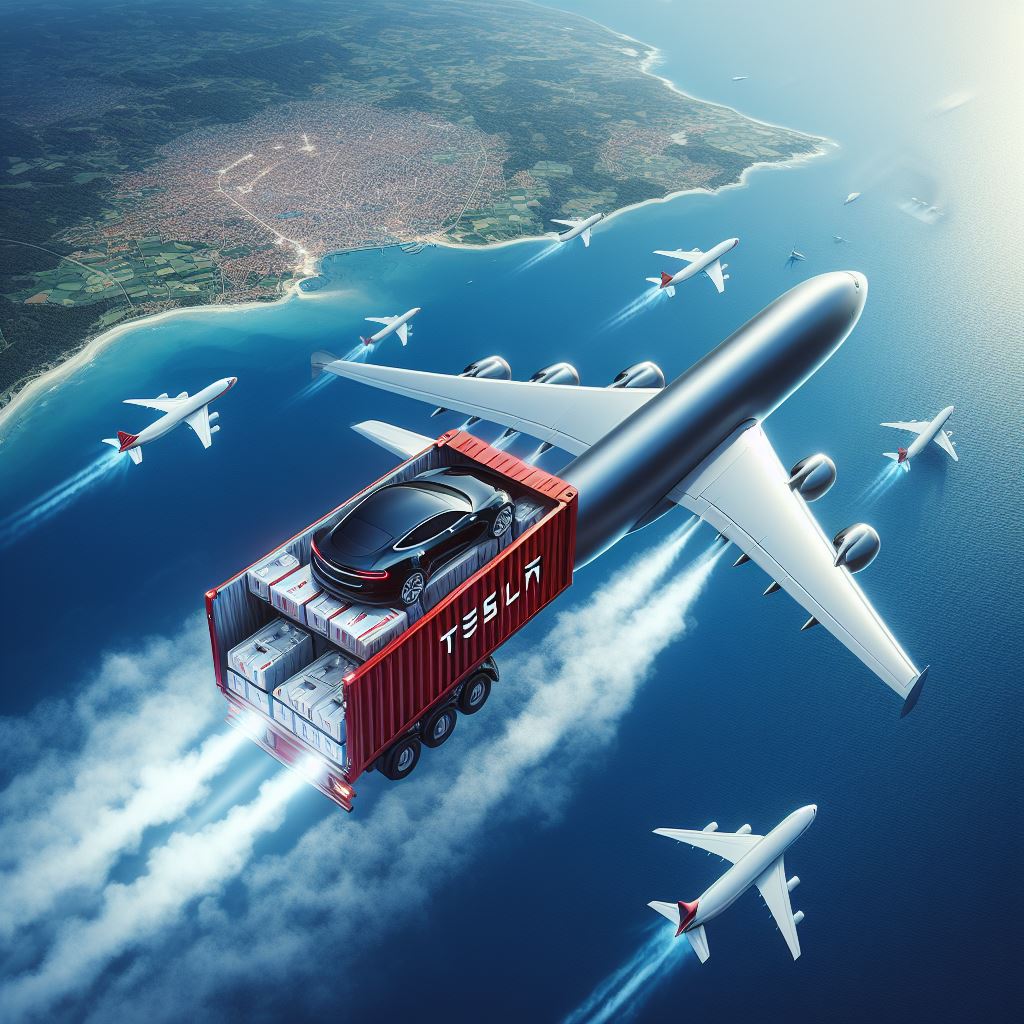The automotive industry is well-aware that manufacturing in China comes with a cost advantage. This pricing benefit extends to the production of car parts, including those for the prestigious Tesla brand. But what makes these parts so affordable domestically, yet significantly more expensive when sold overseas?
Localized Manufacturing: Tesla’s Gigafactory in Shanghai plays a pivotal role in reducing costs. Localized manufacturing eliminates the need for long-distance international shipping and associated tariffs, thus lowering the end price of the parts.
Economies of Scale: Tesla’s Chinese facilities benefit from large-scale production, which lowers the per-unit cost through economies of scale. High volume production means fixed costs are spread over a larger number of units, reducing the cost of each individual part.
Advanced Manufacturing: China has invested heavily in manufacturing technology and infrastructure. This investment has fostered a skilled workforce and a technological ecosystem capable of producing high-quality parts efficiently.
Supply Chain Efficiency: China has a well-established automotive supply chain. With a dense network of suppliers and subcontractors, Tesla can source materials and components locally, benefiting from reduced lead times and logistics costs.
Integrated Production: The proximity of different parts manufacturers means that components can be supplied quickly and assembled without incurring significant transportation costs.
Why Tesla parts are expensive in other countries
The significant price increase for Tesla parts outside China is predominantly because of logistics expenses, specifically freight charges. Several factors come into play when considering international shipping: mode of transport, urgency, volume, and weight.
How to Buy Parts Cheaply and Save on Costs
To minimize costs, consumers and businesses need to strategize their purchases. Buying in bulk is one way to save on logistics:
Combining Orders
Instead of ordering parts separately, which incurs individual shipping fees, combining orders can lead to significant savings. For instance, two 1-kilogram parts ordered separately would cost $30 for shipping ($15 each). However, if combined, since most logistic companies have a base rate for weights up to 2 kilograms, you’d still pay the base rate of $15 total. Essentially, you’d save $15 by bundling your orders.
Understanding Shipping Calculations
Logistics companies often have a base charge that covers up to a certain weight limit – frequently around 2 kilograms. Beyond this base weight, additional fees apply. By staying informed about these thresholds and organizing your purchases accordingly, you can optimize your spending on shipping.
- Per Unit Shipping Cost (PUSC): The cost to ship a single unit without combining orders.
- Combined Shipping Cost (CSC): The cost to ship multiple units when ordered together.
- Base Rate (BR): The fixed cost for shipping goods up to a certain weight threshold.
- Additional Weight Charge (AWC): The extra cost applied for each kilogram above the base rate’s weight threshold.
- Total Logistics Cost (TLC): The total cost incurred for shipping the goods.
Per Unit Shipping Cost (for individual items)
PUSC = BR + (ItemWeight - BaseWeight) * AWCIf ItemWeight is less than or equal to BaseWeight, AWC does not apply.
Combined Shipping Cost (for combined orders)
CSC = BR for the first BaseWeight
For every additional kilogram over BaseWeight in the combined order:
CSC += AWCThis assumes all excess weight is charged at the same AWC rate.
Total Logistics Cost (for either individual or combined shipments)
TLC = Number of Shipments * PUSC (if shipped individually)
TLC = CSC (if combined into one shipment and under the base rate limit)Example
In the example mentioned:
- A 1kg Tesla part has a shipping cost of $15 to Europe by sea.
- The base rate covers up to a weight of 2kg at $15.
This implies that:
- BR = $15 for up to 2kg
- AWC applies to weight over 2kg
For Individual Items:
PUSC = $15 (since the item is 1kg which is below the 2kg base rate threshold)
For Combined Orders of Two 1kg Parts:
CSC = $15 (since the combined weight of 2kg is exactly the base rate threshold)
Therefore, for two separate parts, the calculation would be as follows:
TLC (individual) = 2 * $15 = $30
TLC (combined) = $15
Savings = TLC (individual) - TLC (combined) = $30 - $15 = $15
Hence, by combining orders, a customer saves $15 on shipping costs.
Conclusion
Tesla parts enjoy a lower price point in China due to favorable manufacturing costs. However, once these parts cross borders, freight charges become the dominant factor influencing final prices. Smart purchasing strategies like combination orders can mitigate these costs effectively.
For international buyers, understanding the intricacies of freight and strategically planning can make the difference between an affordable upgrade and a costly investment. As Tesla continues to expand globally, both consumers and suppliers must navigate the logistics landscape to ensure they’re getting the most bang for their buck.
